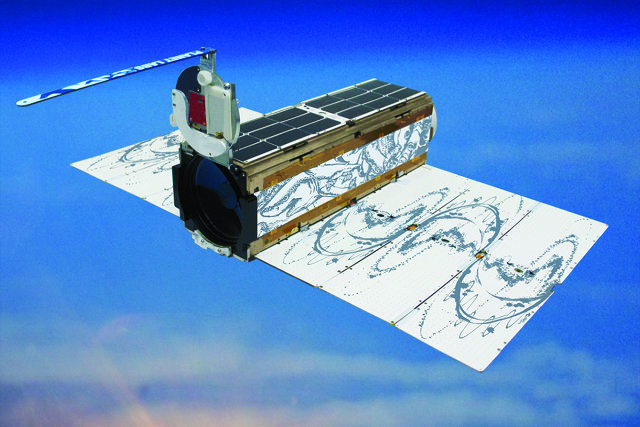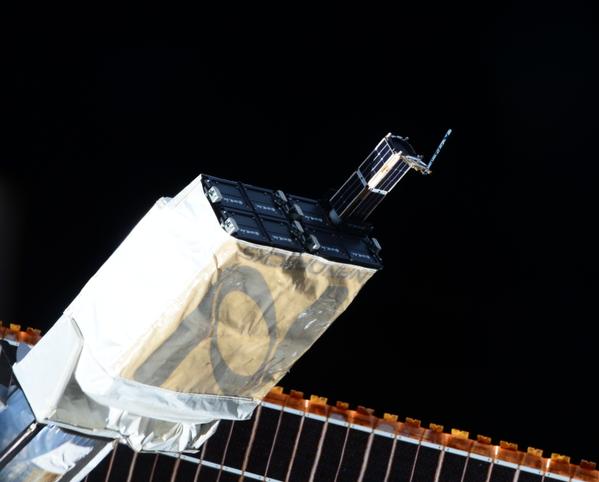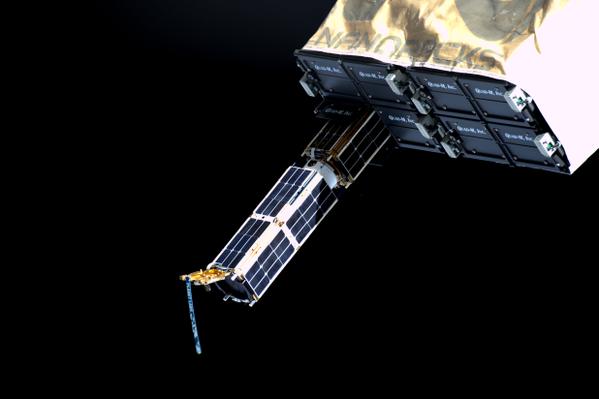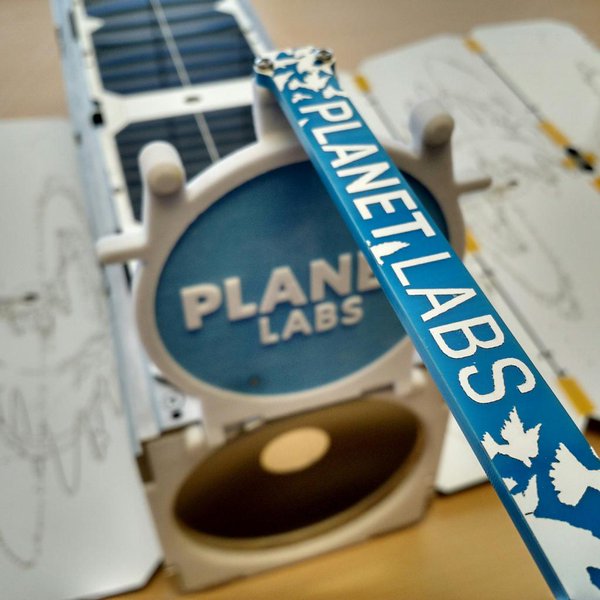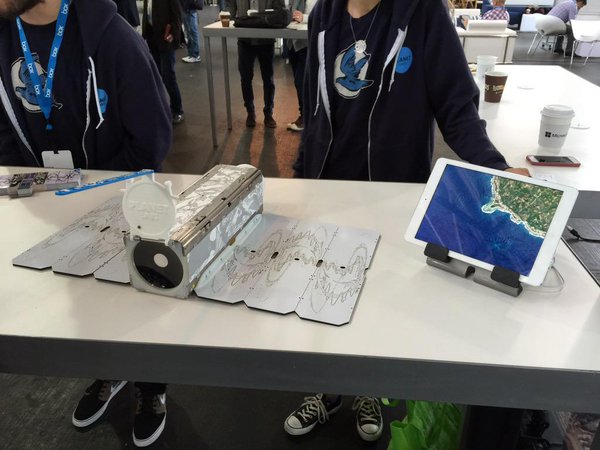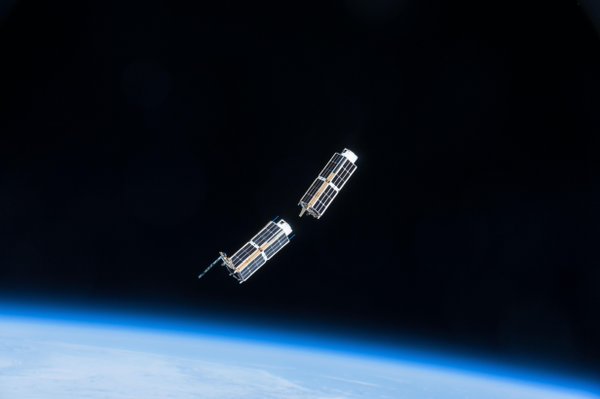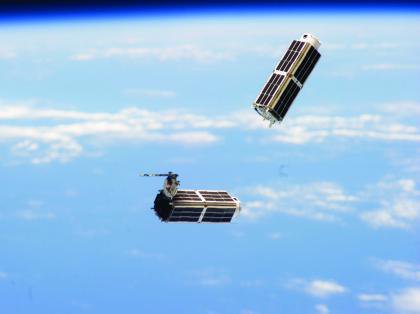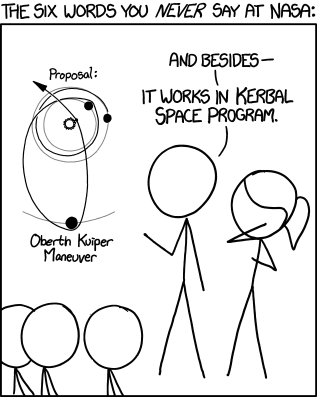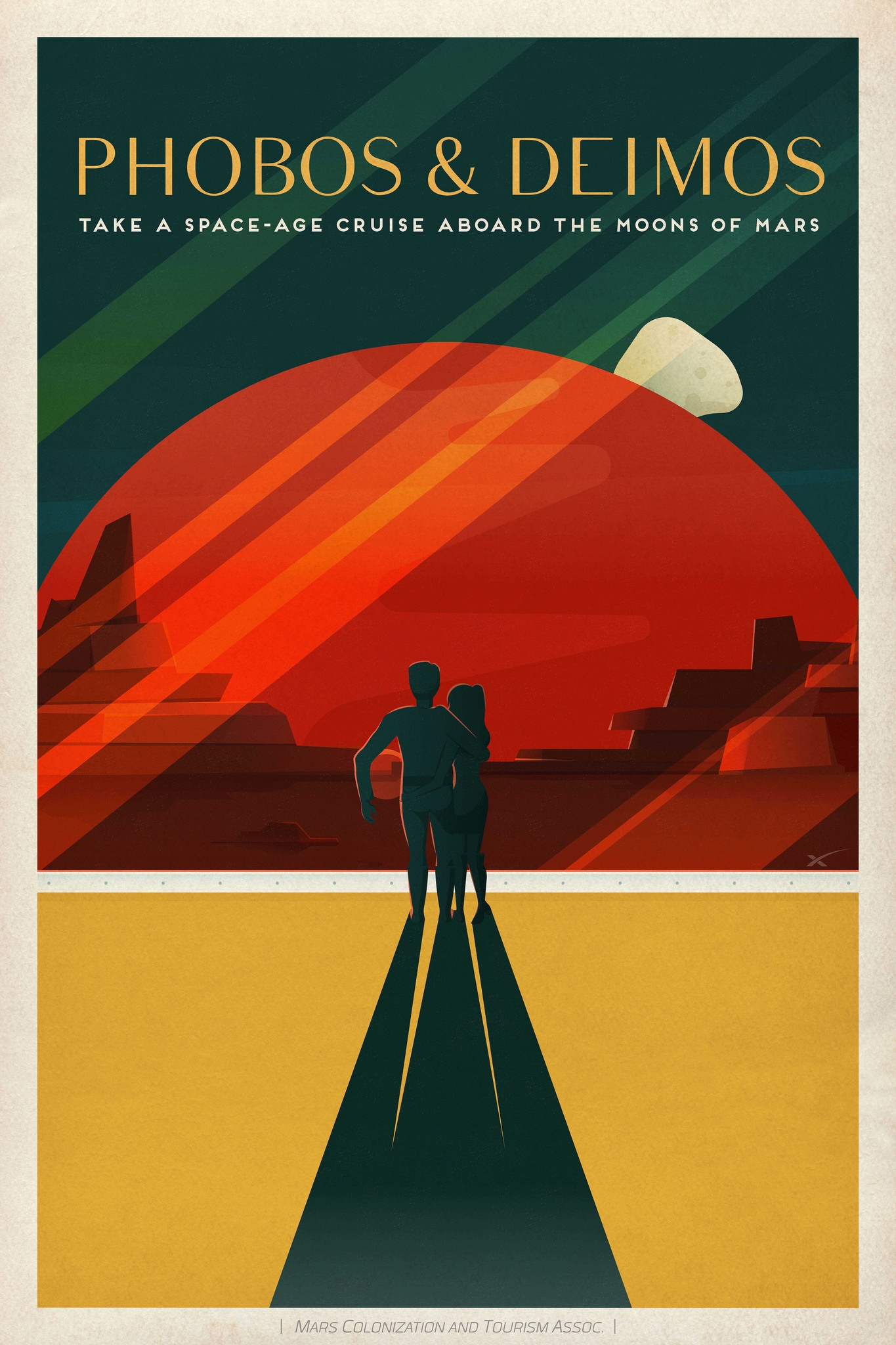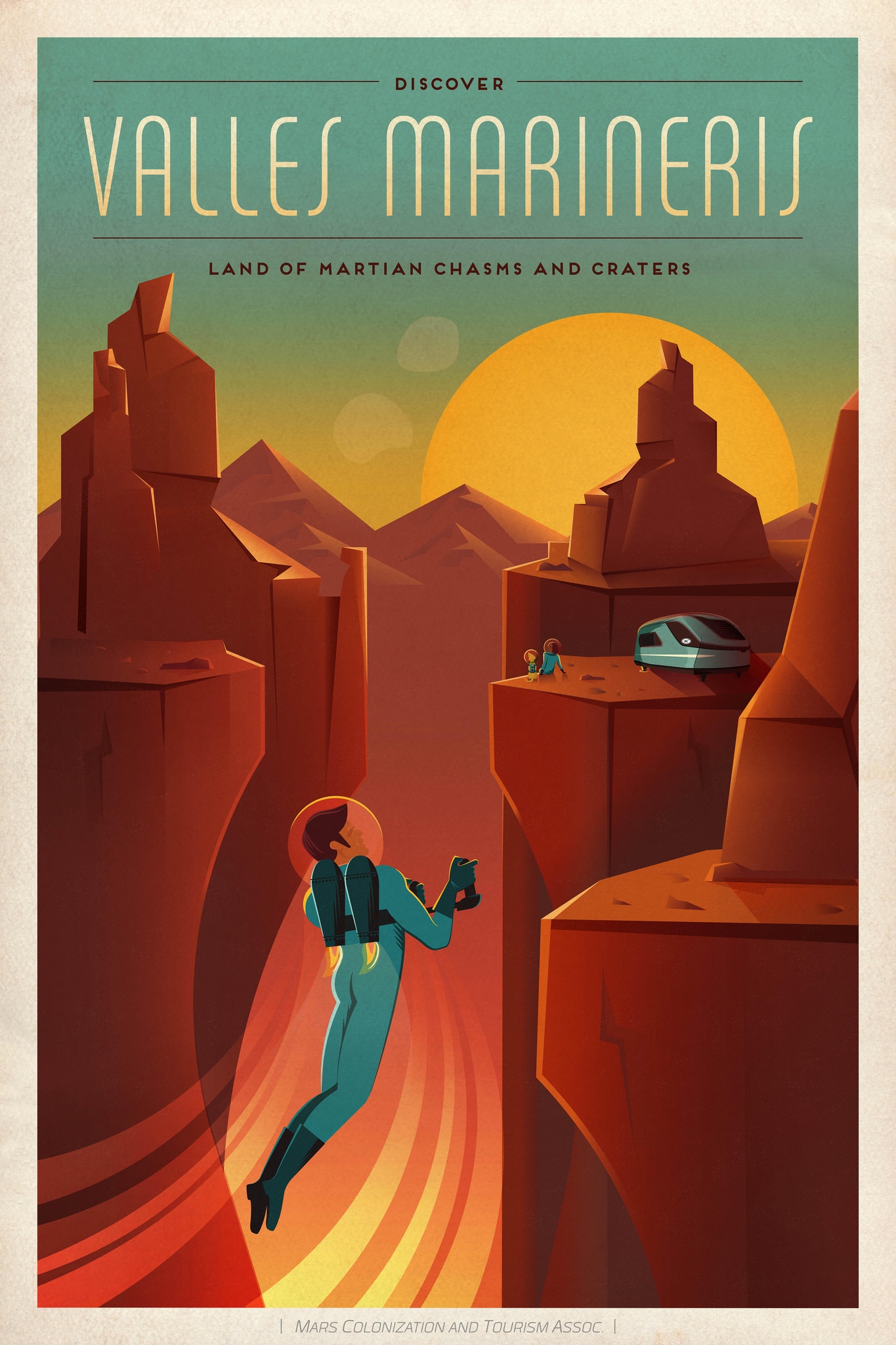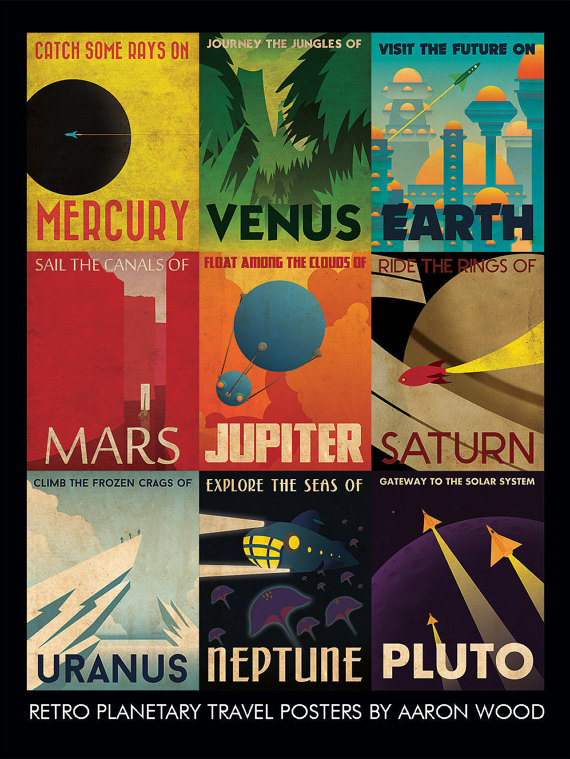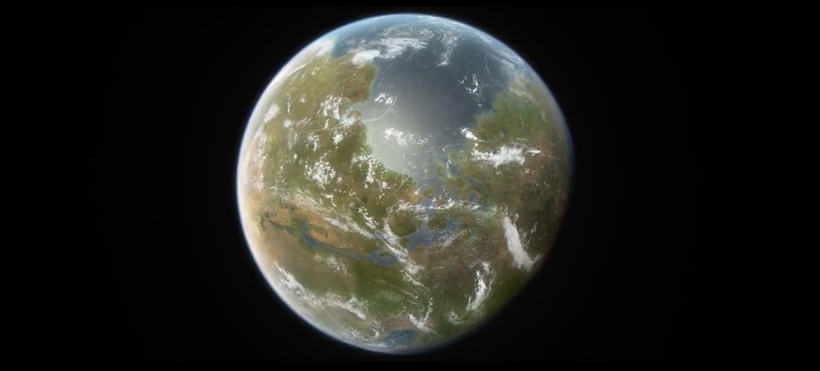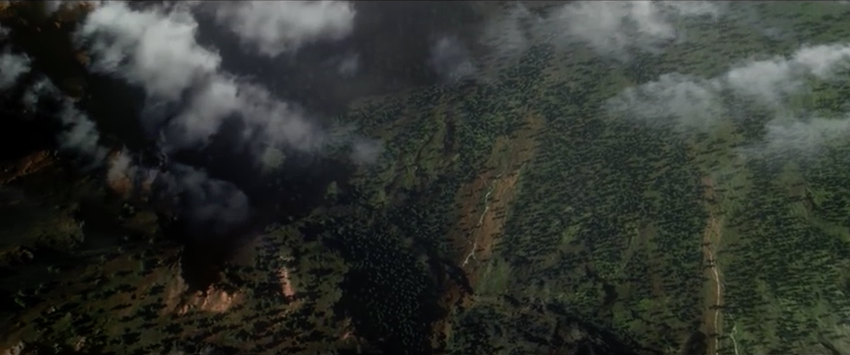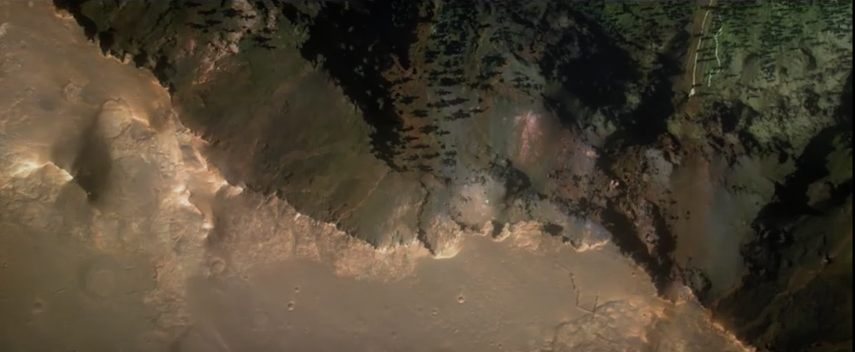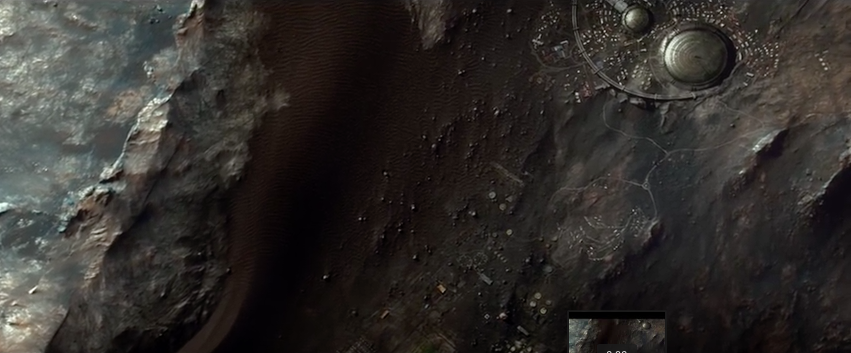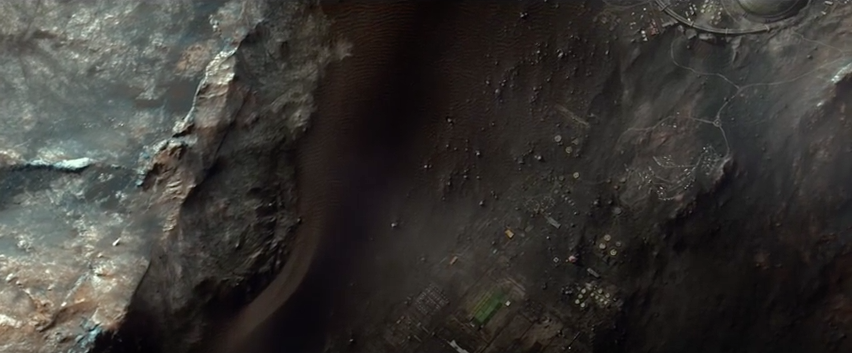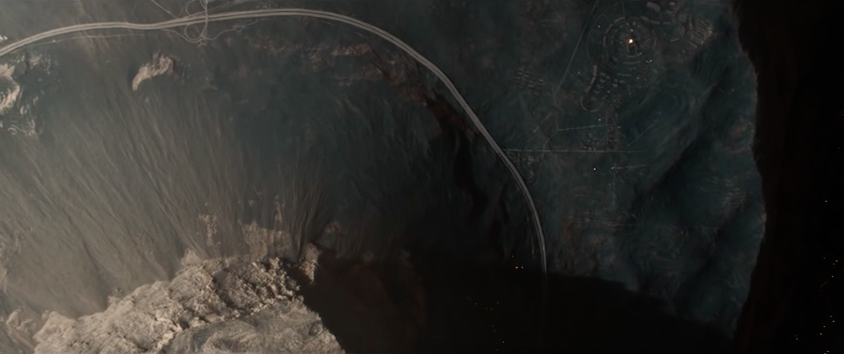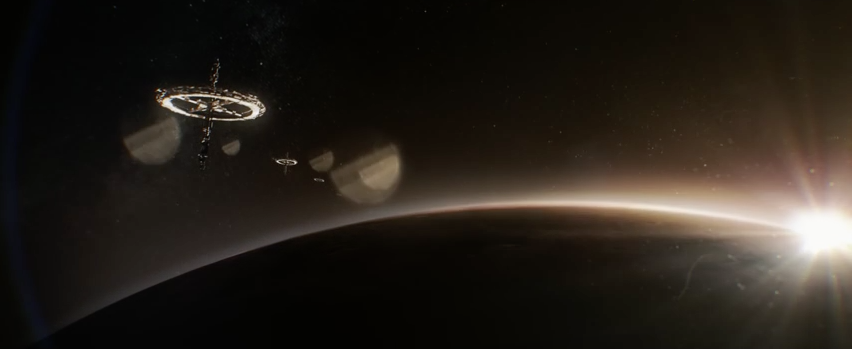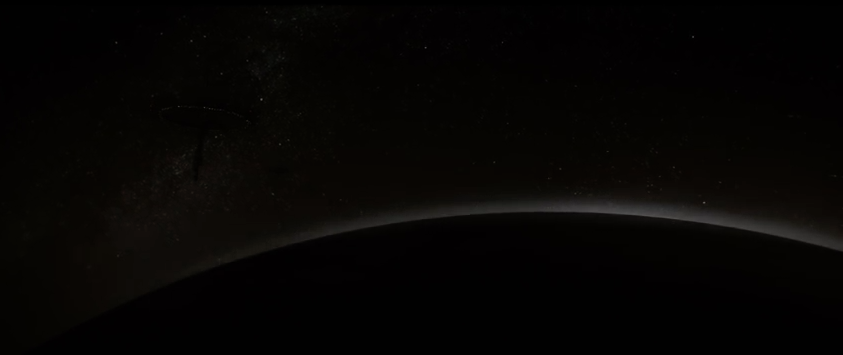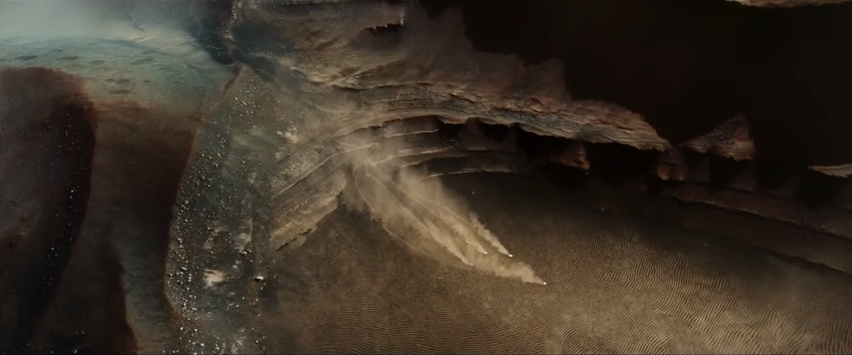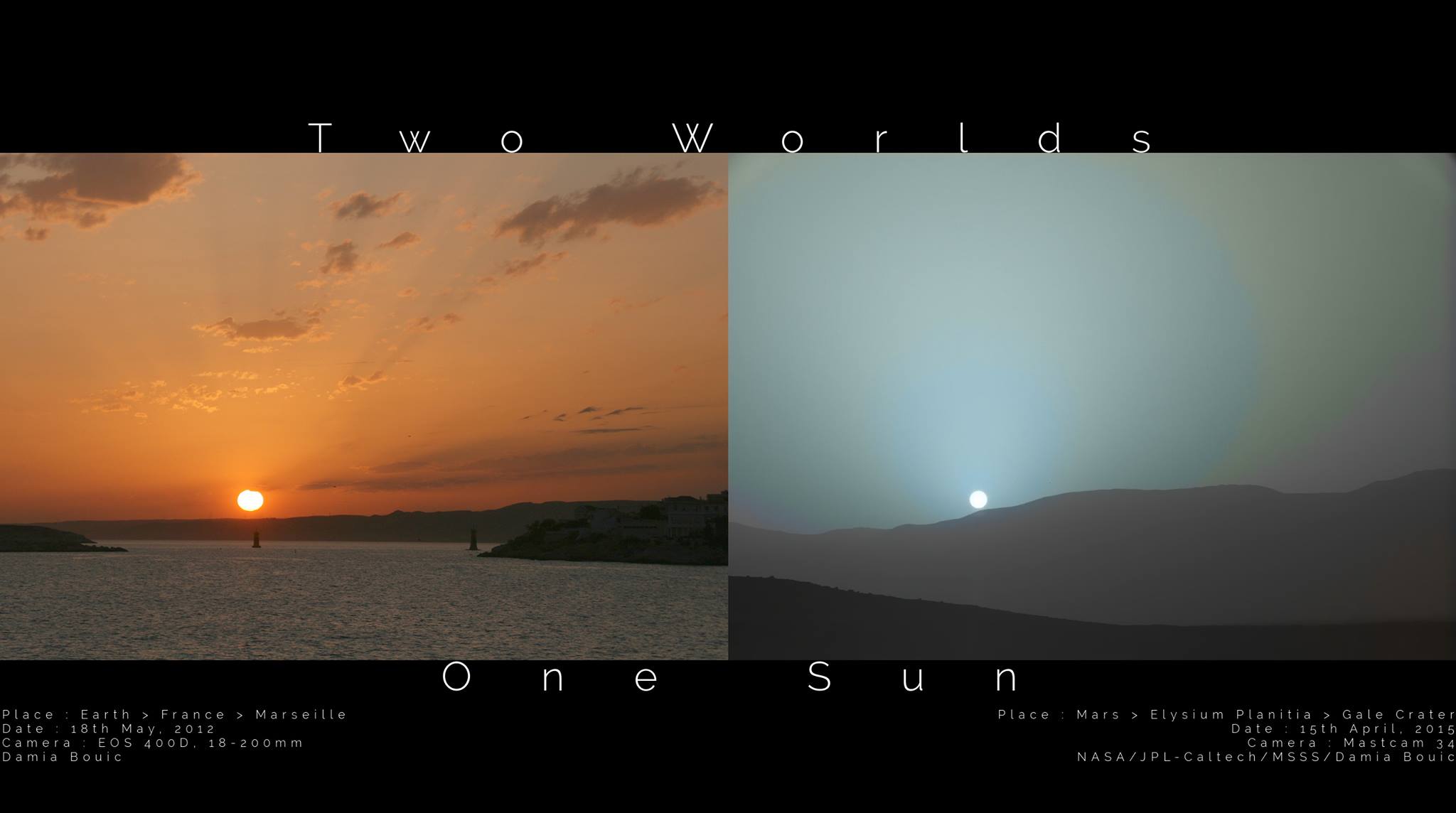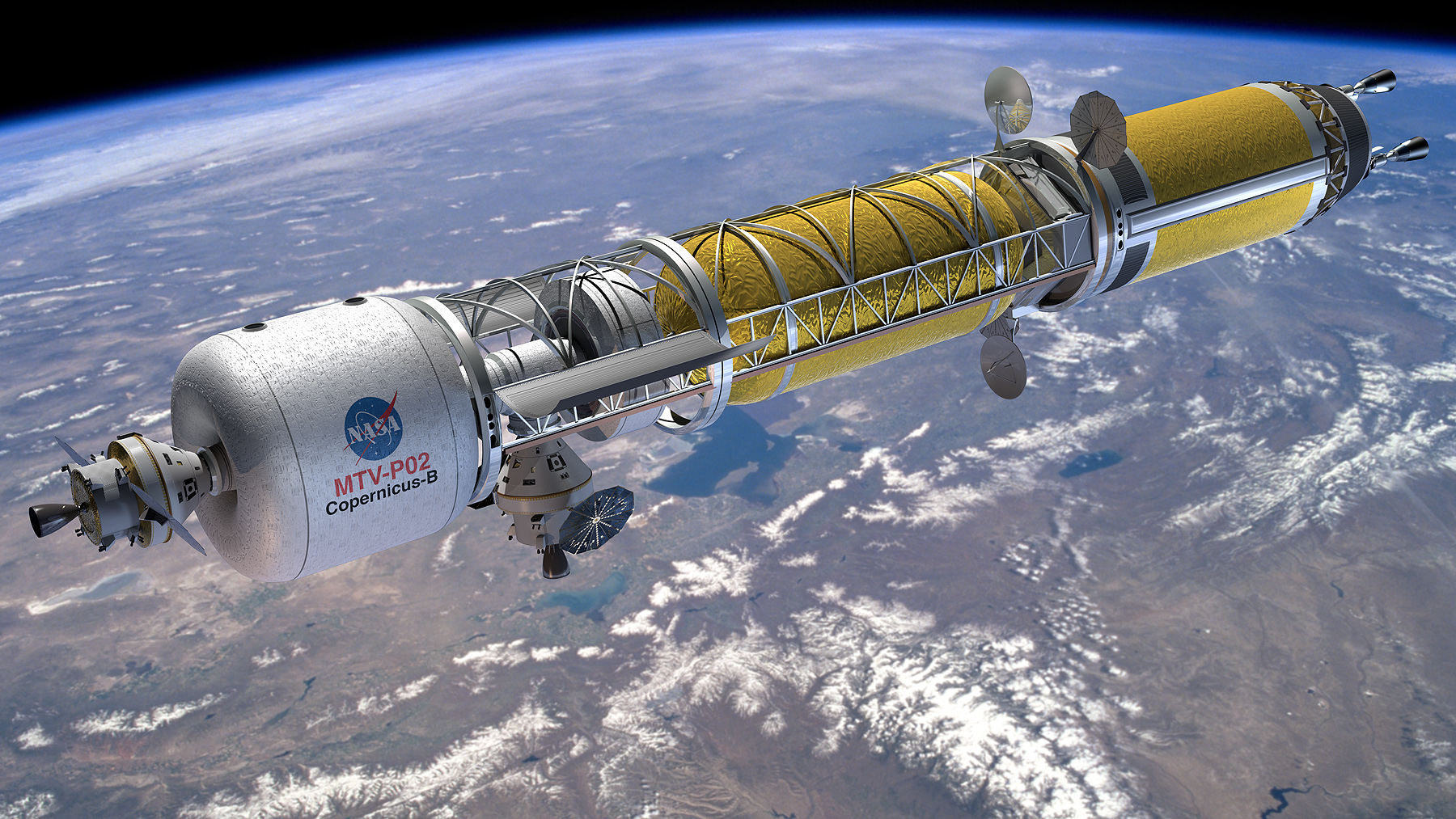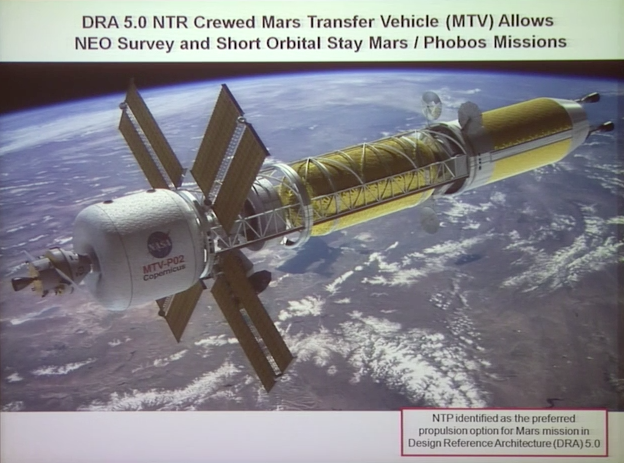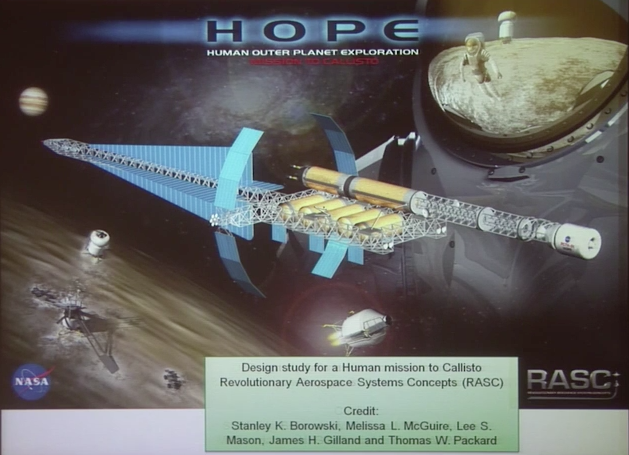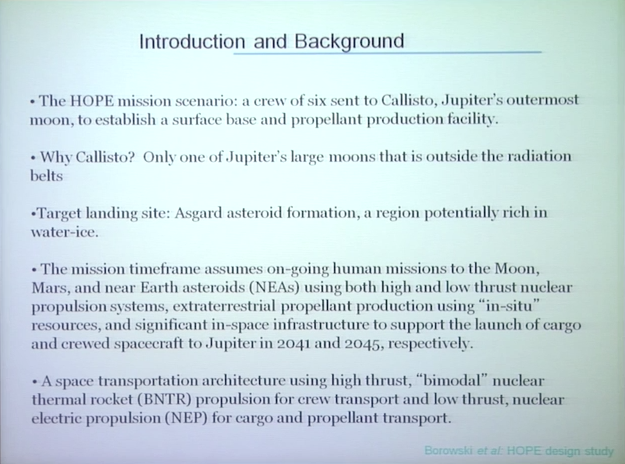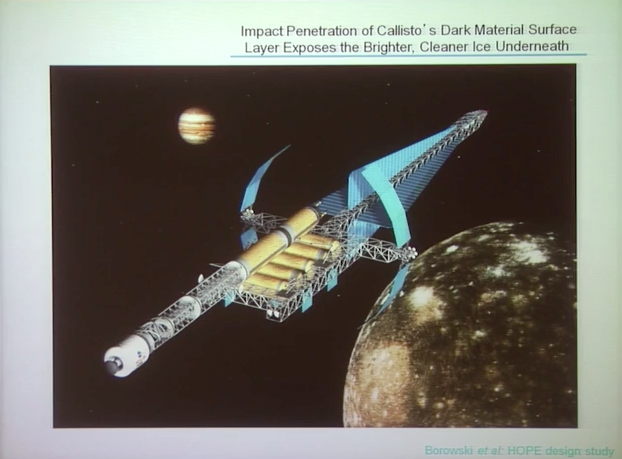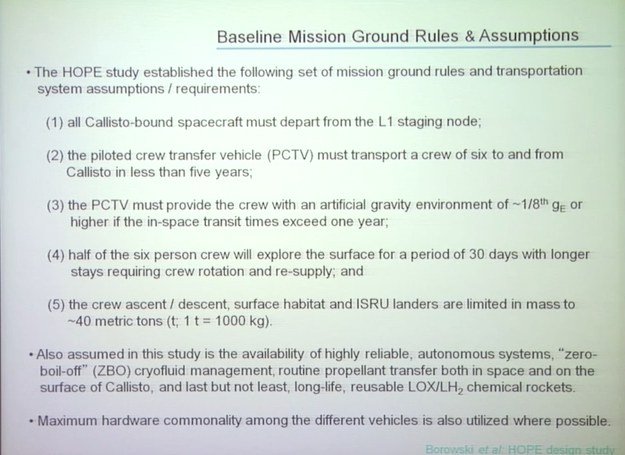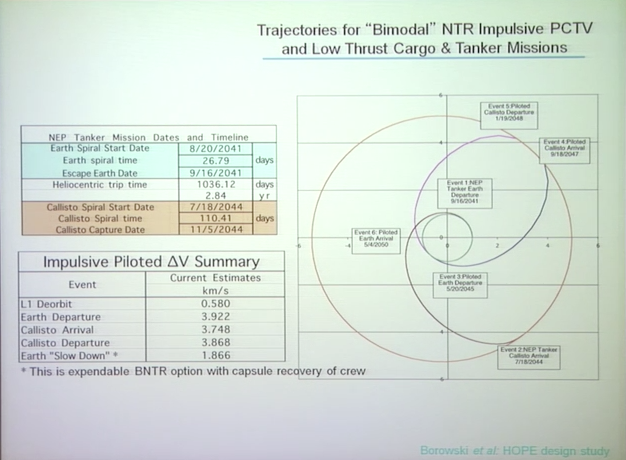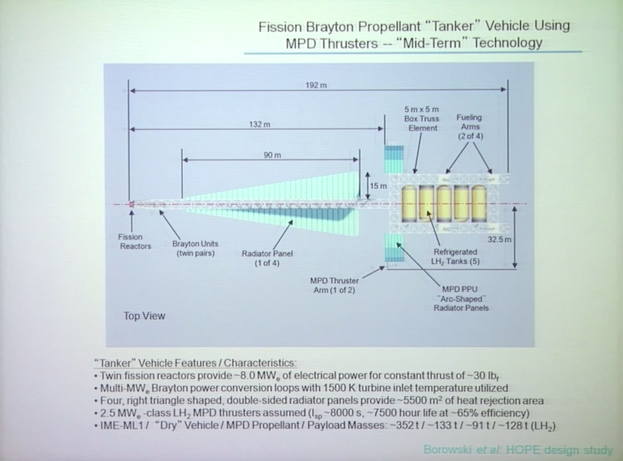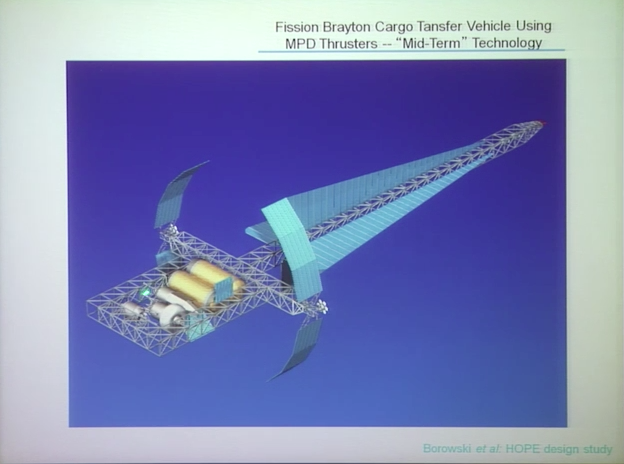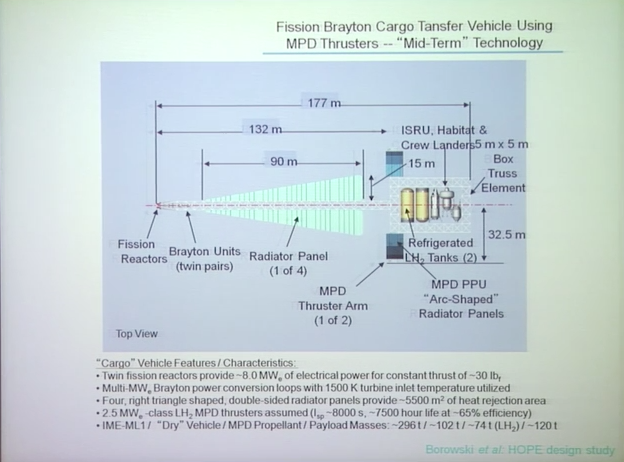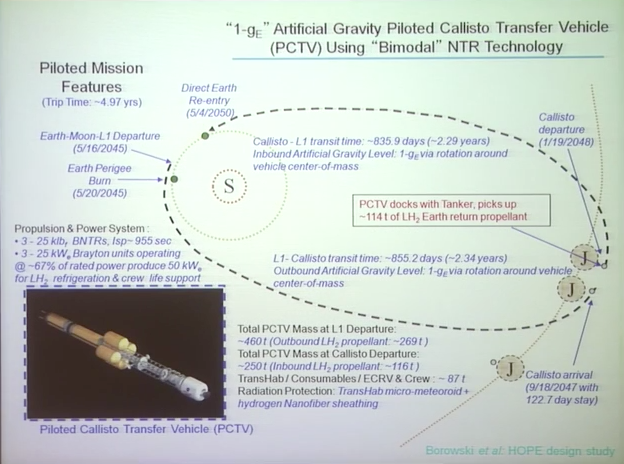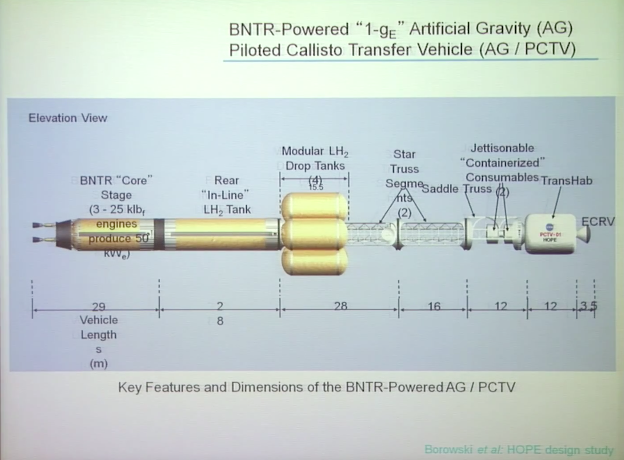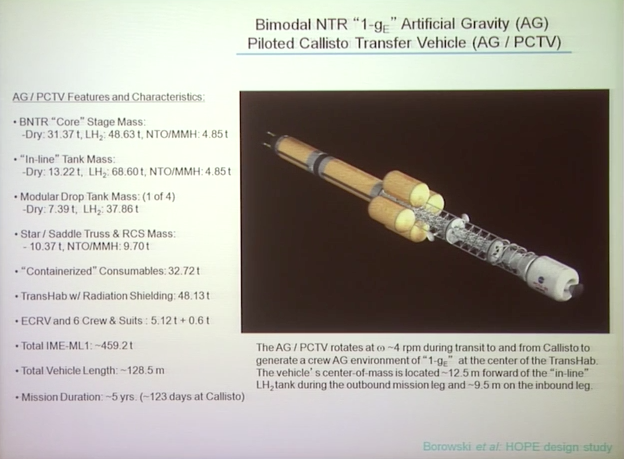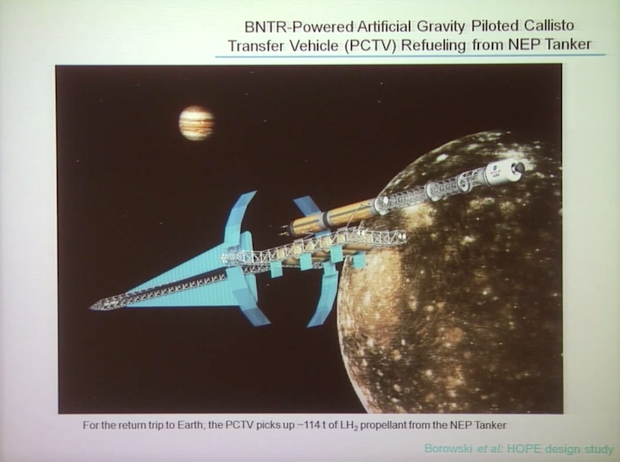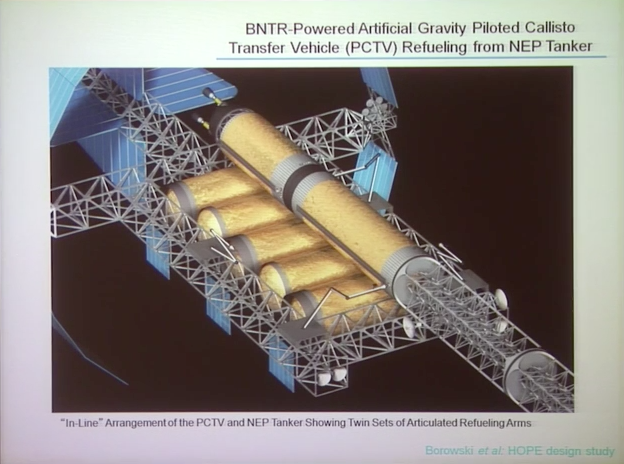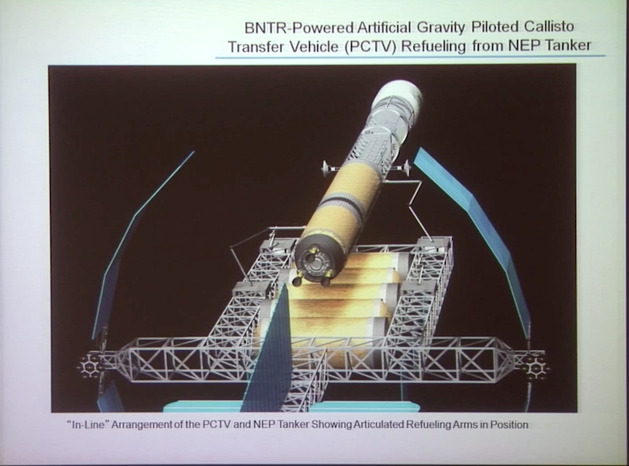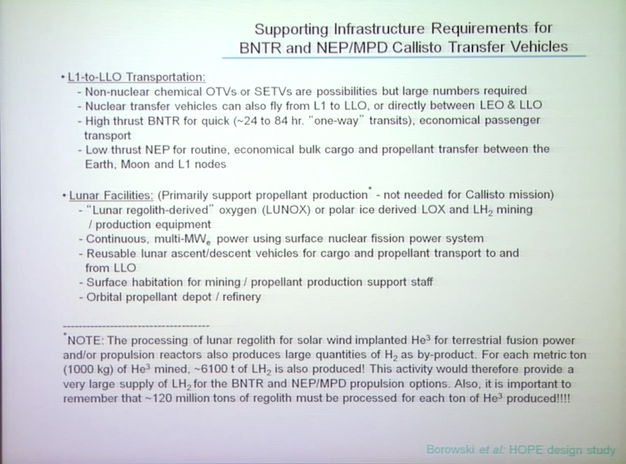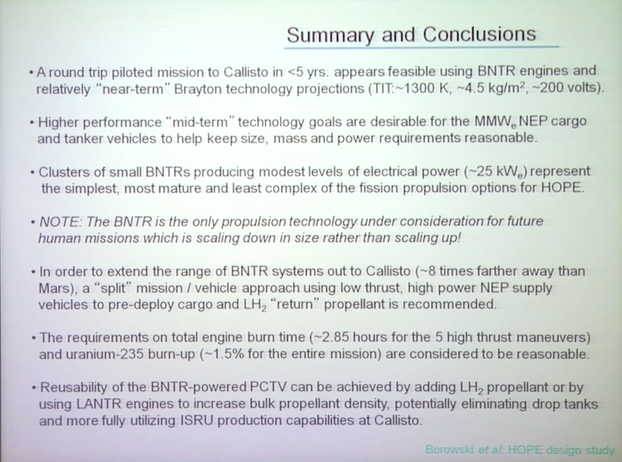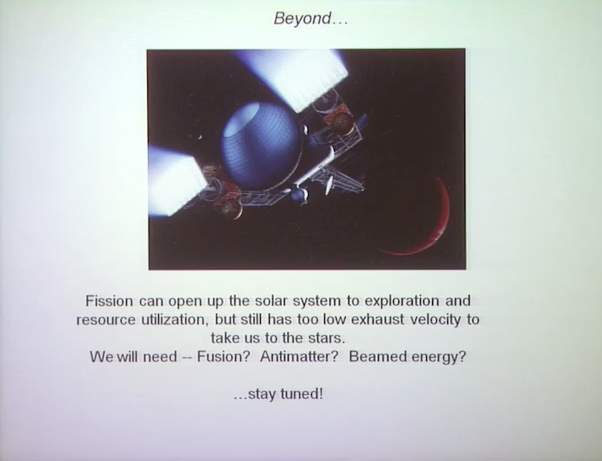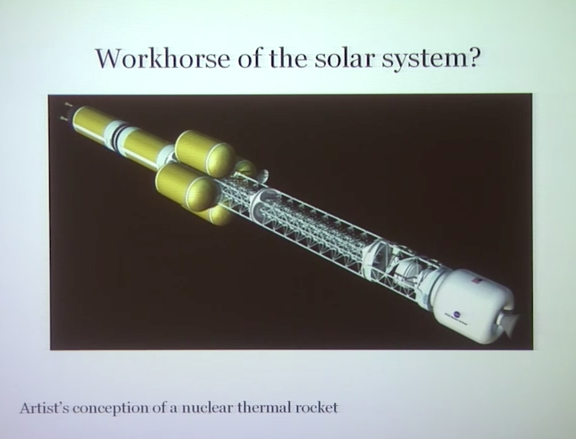Monthly Archives: May 2015
XKCD: “Six Words”
Kristian von Bengtson and Peter Madsen: Copenhagen Suborbitals logo
“This is the logo that we made. It contains the essence of the project – it should be as far away possible from the normal space logo, which always
has planets and stars and rockets. Well this has a rocket but it’s kinda
concealed in there…”
http://copenhagensuborbitals.com
http://en.wikipedia.org/wiki/Copenhagen_Suborbitals
“I have no idea how to do this – but let’s find out.
It’s incredible what you can get away with as an amateur guy.
If I want to do this enough, I can actually do this.”
“Even if I’m eighty years in a wheelchair I’m going to push this button here because I want to get ourselves into space and kinda invite other people
to be a part of it no matter where they are in the world.”
Space X: “Mars Colonization and Tourism Association”
The Onion: “NASA Announces Bold Plan To Still Exist By 2045”

NASA administrator Charles Bolden says that, with dedication and precise execution, the space agency might even be able to go beyond the year 2045.
WASHINGTON—In what is being described as the most ambitious mission ever undertaken in the space agency’s history, NASA officials announced at a press conference Tuesday their bold new plan to still exist by 2045.
NASA’s top directors, who presented a detailed, long-term timeline for the project, dubbed the Fortuna Program, told reporters that the plan would lay the groundwork for the space agency to reach far into the 2040s. Senior officials noted that their goal of keeping NASA’s facilities open for the next 30 years would test the very limits of their skill and ingenuity, explaining that the undertaking would likely surpass the Voyager missions and manned spaceflight in terms of technical difficulty.
“Though the scope of the Fortuna Program is far greater than anything we’ve ever attempted, I’m certain that, through the right combination of hard work, perseverance, and a little bit of luck, NASA can make it all the way to 2045,” said the agency’s administrator, Charles Bolden, who emphasized that the plan would require cutting-edge innovation and spectacular administrative feats to arrive at the lofty objective. “With so many great minds devoted to this project, we have a chance at achieving something that once seemed like the stuff of fiction.”
“It may seem impossible now, but we hope to realize the vision of establishing a human presence in NASA deeper into the century than ever before imagined,” Bolden added.
When questioned about the plan’s viability, Bolden told reporters that while certain doubts remain, the project was nonetheless an absolutely crucial undertaking for NASA. Bolden further emphasized that the Fortuna Program’s goal was technically achievable on paper, and could feasibly be accomplished in a real-world scenario so long as everything “goes perfectly” for the space agency.
“The first critical step toward reaching our goal is to still be here by the year 2020,” said Bolden, adding that the plan allowed absolutely no room for error. “From there, we will move on to the next phase of the mission, which is to implement an intensive 10-year plan to remain operational. If we meet that goal in 2030, then there’s no reason to believe NASA won’t make it to 2045.”
“As long as each stage succeeds and we keep hitting our yearly milestones of being a functioning agency, we will eventually get there,” Bolden continued. “This mission, if successfully completed, has the potential to be one of mankind’s greatest achievements, greater even than the Hubble Telescope, the International Space Station, and putting a man on the moon.”
Bolden, who confirmed that all of the agency’s personnel and resources would be focused solely on the project, explained that the Fortuna Program represented the very future of NASA.
“We may not be around to reap the benefits of the Fortuna Program, but the next generation will be,” said Bolden, noting that the plan was rife with logistical challenges and unknowns that would have to be dealt with as they emerge. “Though the risks are great, we will continue to build upon what we’ve learned during our 56-year history to reach our objective at any cost.”
“Today marks the beginning of a new chapter for NASA,” Bolden added. “Whether we succeed or fail, I believe that the outcome of this mission will define the American space program for years to come.”
http://www.theonion.com/article/nasa-announces-bold-plan-still-exist-2045-50398
Arron Wood: “Retro Travel Poster”
The Onion: “Completely Unsafe Design”

NASA scientists stress that the 6-year-old’s hand-drawn spacecraft would need a top-to-bottom redesign in order for it to be “even remotely close” to flight-ready.
MONROEVILLE, PA—Listing off a litany of structural and technological flaws, the nation’s leading aerospace engineers issued a stern warning Thursday that local 6-year-old Bradley Koenig’s design for a spaceship is entirely unsafe.
Experts from the fields of aerodynamics, jet propulsion, and control engineering unanimously confirmed that the orange-and-purple rocket ship, which Koenig drew during Mrs. Silvestri’s first-grade class, not only raises major safety concerns, but could compromise the lives of everyone on board were it to ever go to launch.
“I can’t even begin to enumerate all the safety protocols and fundamental principles of spaceflight that this particular vehicle violates,” said veteran NASA flight director Raymond Fletcher, who called the crayon-drawn spaceship the “most poorly conceived” and “shockingly hazardous” craft he had ever encountered. “The asymmetrical oval shape of the craft alone would likely cause it to break apart upon reentry into Earth’s atmosphere. That’s assuming the long row of randomly spaced circular windows are properly coated with a heat-resistant material to ensure they don’t disintegrate before reaching space in the first place.”
“Bradley’s mockup ignores even the most basic laws of thermodynamics,” Fletcher continued. “This ship is essentially just a death trap.”
Fletcher, who estimated that the spacecraft would cost in excess of $230 billion given the wide array of elaborate instruments affixed to the exterior, said that the vehicle’s protruding robot arm, which he noted with alarm was more than twice the length of the ship, certainly would not be deployed during takeoff and would not be holding a large sword, as depicted.
Engineers also said that the ship’s apparent lack of oxygen generators, high-temperature insulation tiles, vertical stabilizers, doors of any kind, and an air pressurization system would significantly endanger the lives of the two smiling stick-figure crew members—distinctly labeled with blue arrows and large capital lettering as Koenig and his best friend, Joshua.
“Bradley’s mockup ignores even the most basic laws of thermodynamics. This ship is essentially just a death trap.”
“First of all, the astronauts are not secured by any seat belts or straps—there aren’t even seats to begin with—meaning that they would be thrown about the cabin immediately upon liftoff,” said former space shuttle Endeavour commander Christopher Ferguson, who noted that, even if the seemingly rudimentary boosters could generate enough thrust to reach orbit, there appeared to be no coolant system to prevent the intense 5,000-degree temperatures of fuel burns from vaporizing the entire craft. “In addition, the large glass dome surrounding the cockpit would shatter almost instantly from the intense atmospheric pressure of reaching escape velocity. They won’t be playing on a basketball hoop on the flight deck when that happens, I assure you of that. They would be propelled out of the module and suffocate within seconds.”
“I would not even consider piloting such a craft without extensive safety modifications,” Ferguson added.
Ferguson also said that the two variously sized wings mounted to either side of the spacecraft would compromise its flight trajectory, sending it careening dramatically off course during launch. He further explained that the cockpit’s steering wheel would be virtually useless in such a situation.
“We must have run at least 200 3D computer simulations, and there is simply no scenario in which the periscope doesn’t at some point break off and rip an enormous hole in the command module,” said Paulo Lozano, director of the Massachusetts Institute of Technology’s Space Propulsion Lab. “And unless Bradley has discovered a new form of liquid propellant I’m unaware of, it’s fairly obvious that with so many flames shooting from the engine, the fuel supply would be depleted within a matter of hours, leaving the craft immobilized and left to float off forever in the void of space.”
“And, needless to say, navigating any manned ship so close to a giant speeding asteroid is also unbelievably dangerous,” Lozano added.
Despite the clear and irrefutable problems in Koenig’s design, experts did admit that the ship’s giant laser cannon for shooting space monsters was the most awesome thing they had ever seen.
http://www.theonion.com/article/aerospace-engineers-warn-first-graders-design-for–38523
Jamie: “Gosh”
Astronomy Picture of the Day: “Two Worlds, One Sun”
How different does sunset appear from Mars than from Earth? For comparison, two images of our common star were taken at sunset, one from Earth and one from Mars. These images were scaled to have same angular width and featured here side-by-side. A quick inspection will reveal that the Sun appears slightly smaller from Mars than from Earth. This makes sense since Mars is 50% further from the Sun than Earth. More striking, perhaps, is that the Martian sunset is noticeably bluer near the Sun than the typically orange colors near the setting Sun from Earth. The reason for the blue hues from Mars is not fully understood, but thought to be related to forward scattering properties of Martian dust. The terrestrial sunset was taken in 2012 March from Marseille, France, while the Martian sunset was captured last month by NASA’s robotic Curiosity rover from Gale crater on Mars.
Left Image Credit & Copyright: Damia Bouic;
Right Image Credit: NASA, JPL-Caltech, MSSS; Digital processing: Damia Bouic



